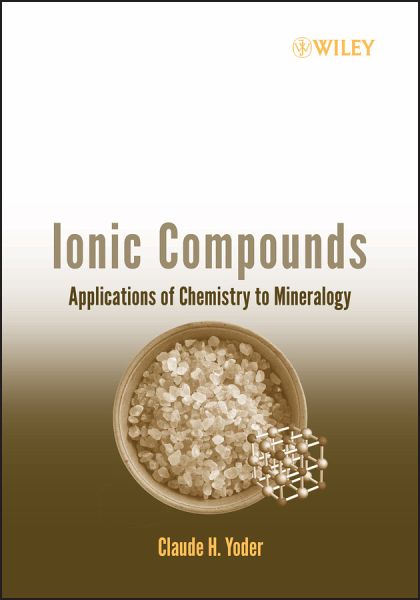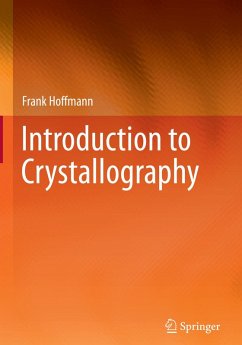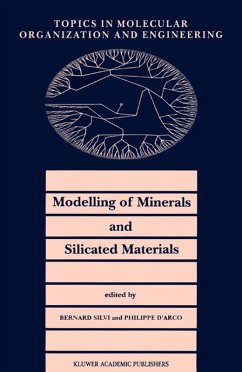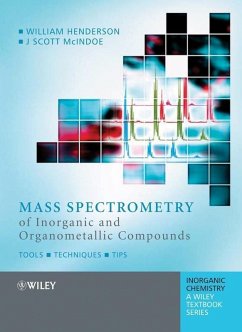
Ionic Compounds (eBook, PDF)
Applications of Chemistry to Mineralogy

PAYBACK Punkte
0 °P sammeln!
A practical introduction to ionic compounds for both mineralogists and chemists, this book bridges the two disciplines. It explains the fundamental principles of the structure and bonding in minerals, and emphasizes the relationship of structure at the atomic level to the symmetry and properties of crystals. This is a great reference for those interested in the chemical and crystallographic properties of minerals.
Dieser Download kann aus rechtlichen Gründen nur mit Rechnungsadresse in A, B, BG, CY, CZ, D, DK, EW, E, FIN, F, GR, HR, H, IRL, I, LT, L, LR, M, NL, PL, P, R, S, SLO, SK ausgeliefert werden.












